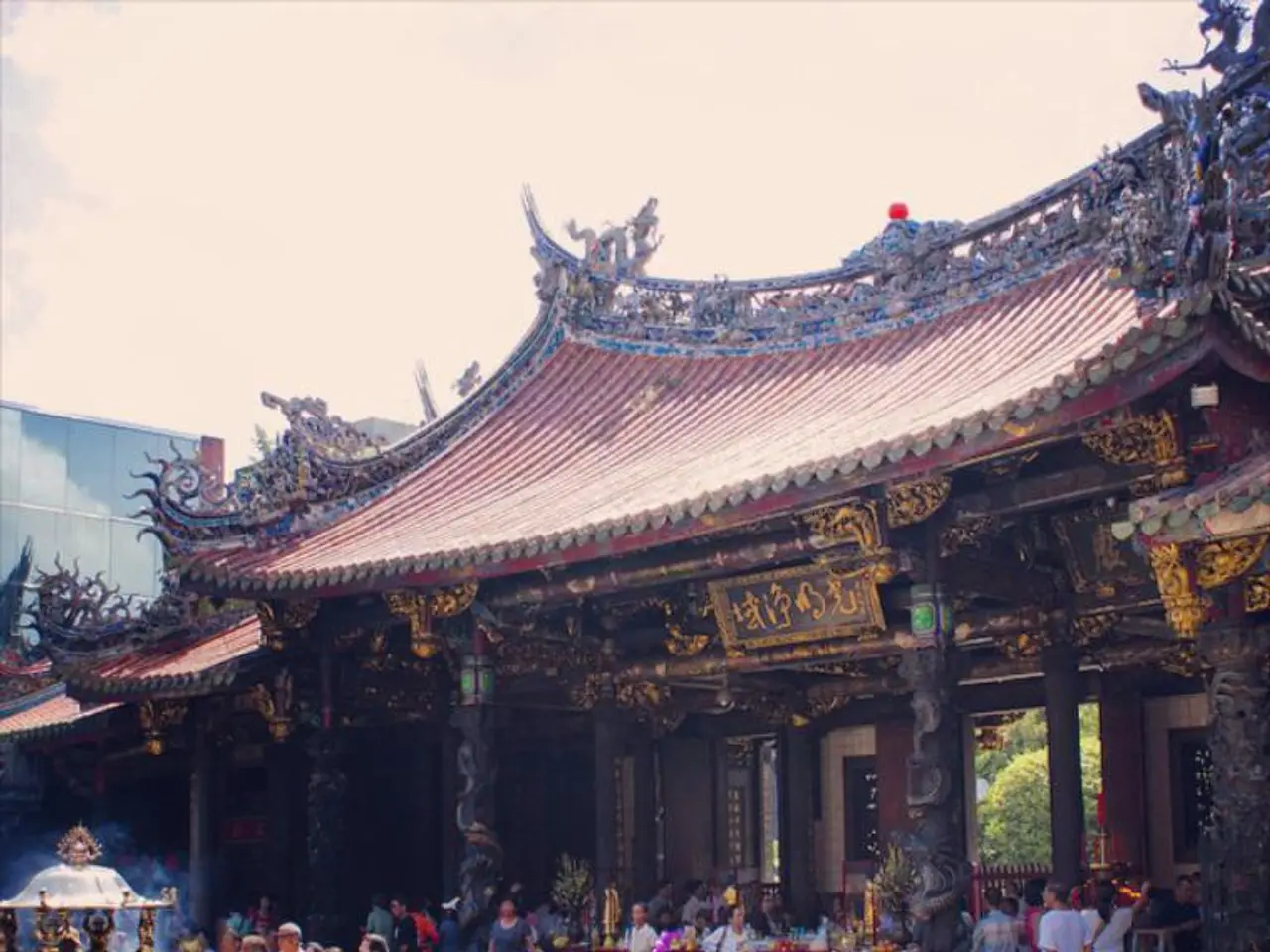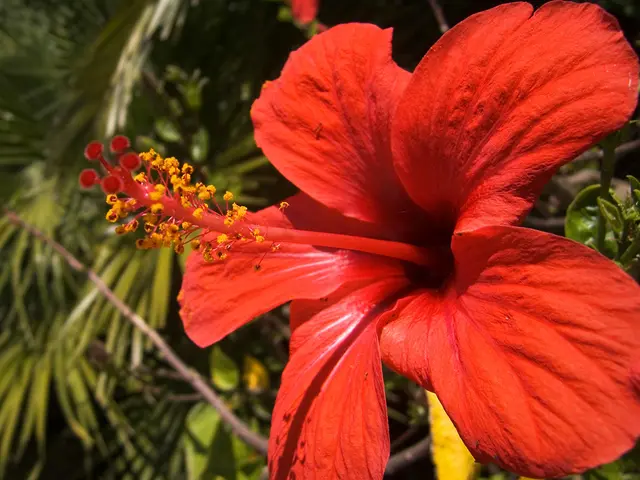Artisans Embrace the Organic
In the heart of Japan, two exquisite crafts stand as testaments to the country's rich cultural heritage and its deep-rooted connection to nature: Mokushikko Tokeshi lacquerware and Shibata Yoshinobu Shoten magewappa lunch boxes. These traditional art forms are not only beautiful but also embody the essence of the satoyama concept, a philosophy that champions harmonious coexistence between humans and nature.
### Mokushikko Tokeshi Lacquerware
Originated in the Tohoku region during the Edo period, Mokushikko Tokeshi dolls were simple, hand-carved wooden figures adorned with floral designs. Fast forward to today, and the same craftsmanship has evolved into intricate lacquerware, known as urushi, prized for its durability, beauty, and craftsmanship.
The Mokushikko technique, often associated with Tokeshi dolls, highlights the natural wood grain or applies a transparent lacquer layer that enhances the warmth and texture of the wood. This approach reflects a deep respect for natural materials and an emphasis on simplicity, aligning with Japanese aesthetic values such as wabi-sabi (finding beauty in imperfection and transience).
### Shibata Yoshinobu Shoten Magewappa Lunch Boxes
With roots in the Akita Prefecture, magewappa is a traditional Japanese craft that involves bending thin strips of cedar or cypress wood into shapes, primarily for making boxes, trays, and lunch boxes. Shibata Yoshinobu Shoten is one of the most respected artisans or workshops specialising in authentic magewappa products, carefully preserving the traditional techniques.
Magewappa lunch boxes are celebrated for their natural aroma, lightness, and ability to absorb excess moisture from rice or food, helping preserve freshness. The process involves hand-bending the wood using steam and binding it with natural cherry bark or thin wooden strips without nails or glue, showcasing deep craftsmanship and sustainable use of natural resources.
### Relation to the Concept of Satoyama
Satoyama refers to the traditional Japanese socio-ecological system where sustainable human activity coexists harmoniously with nature, particularly in the borderlands between mountain foothills and arable flat land. It embodies a balance where communities manage woodlands, rice paddies, grasslands, and forests sustainably, allowing for long-term coexistence, biodiversity, and resource renewal.
Both crafts are products of the satoyama ethos. They use locally sourced natural materials (native woods such as cedar and cypress), their production methods rely on traditional, sustainable techniques that have minimal environmental impact, and they reflect the respect for natural materials and cyclical use of forest resources that characterise satoyama communities.
These crafts represent not just artistic heritage but also sustainable living practices embedded in Japanese culture. The artisans' work helps maintain the health of local forests through careful timber harvesting and revitalises rural economies tied to satoyama landscapes.
In conclusion, Mokushikko Tokeshi lacquerware and Shibata Yoshinobu Shoten magewappa lunch boxes are more than just beautiful artifacts. They are living testaments to the timeless Japanese philosophy of living harmoniously with nature, preserving cultural heritage, and natural environments for future generations.
- The gallery hosts an upcoming exhibition featuring the traditional Mokushikko Tokeshi lacquerware, showcasing the craft's evolution from simple dolls to intricate urushi.
- At the food-and-drink events, guests can admire the Shibata Yoshinobu Shoten magewappa lunch boxes, enjoying the natural aroma and freshness they offer.
- These crafts not only grace the tables of Japan's cuisine but also serve as designs for home-and-garden décor, reflecting the harmonious coexistence of human lifestyle and nature.
- Art lovers are encouraged to appreciate the intricate details and deep respect for natural materials embodied in the Mokushikko technique, reflecting the Japanese aesthetic value of wabi-sabi.
- One can witness the preservation of traditional techniques at Shibata Yoshinobu Shoten, where magewappa lunch boxes are hand-bent, bound without nails or glue, and made from sustainable, locally sourced cedar or cypress.
- The Tea Ceremony, an essential part of Japanese tradition, gains a unique touch with the use of Mokushikko Tokeshi lacquerware and Shibata Yoshinobu Shoten magewappa tea vessels, accentuating the harmony between art, lifestyle, and nature.




